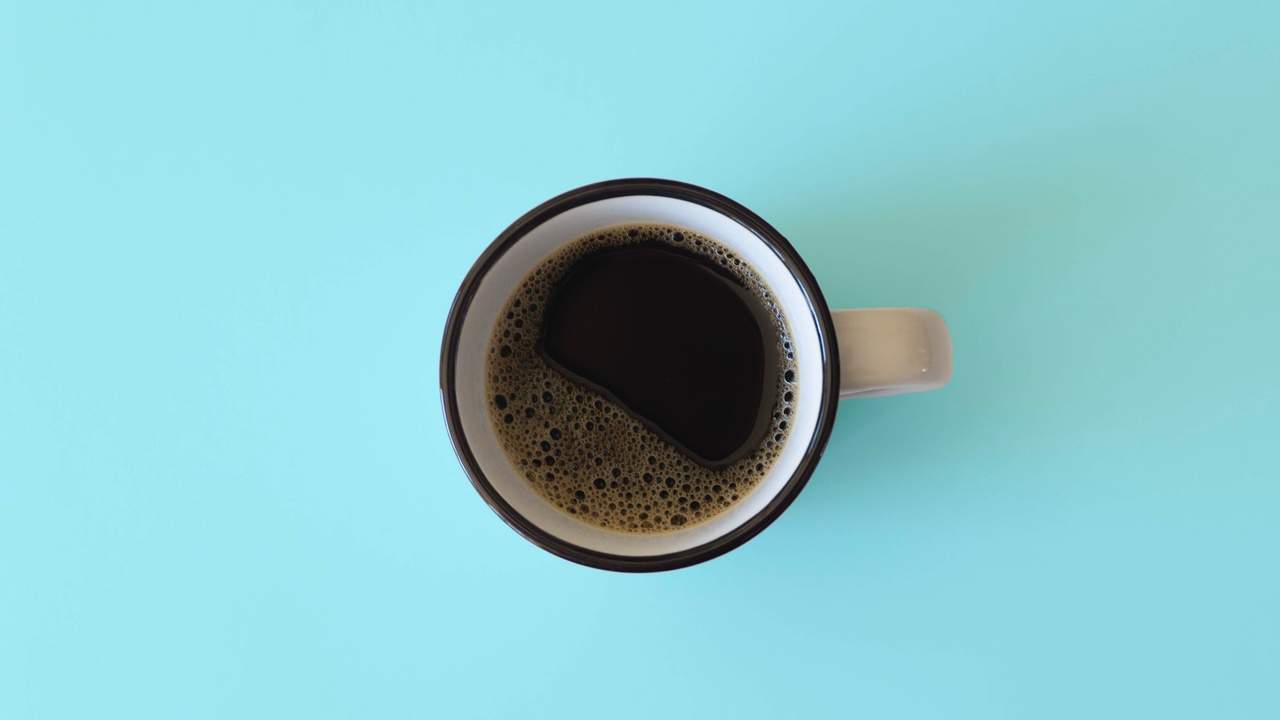Espresso, the soul of Italian coffee culture, is a concentrated and full-bodied coffee drink that forms the foundation for countless specialty coffee beverages. This article aims to demystify the meaning of espresso, its characteristics, and its role in the world of coffee.
What is Espresso?
Espresso is a method of brewing coffee that originated in Italy back in the 19th century. It involves forcing hot water through finely ground coffee at high pressure, resulting in a small, strong, and flavorful shot of coffee. This brewing method is what gives espresso its unique characteristics – a rich crema, intense flavor, and a velvety texture.
1. Extraction Time and Volume
When it comes to brewing espresso, the extraction time and volume play a vital role in achieving the perfect balance of flavors. Here are a few key points regarding these factors:
- The ideal extraction time for espresso falls between 20 and 30 seconds.
- A standard espresso shot yields about 25-30 milliliters (1-1.5 ounces) of liquid.
- An espresso shot can be single (solo) or double (doppio), with the latter being more common in specialty coffee shops.
- Ristretto, a shorter and more concentrated shot, can be achieved by reducing the extraction time to around 15-20 seconds.
2. Roast Level
The roast level of coffee beans used to make espresso plays a significant role in determining the flavor profile. Generally, espresso beans are roasted darker to enhance their sweetness and reveal more chocolate and caramel notes. However, lighter roasts can also be used, particularly for single-origin espressos, to showcase specific flavor nuances.
3. Grind Size
The fineness of the coffee grounds is crucial in the espresso brewing process. A fine grind allows for better extraction since water passes through the tightly packed grounds more slowly. Here are some grind size considerations for brewing espresso:
- Too fine of a grind can result in over-extraction, leading to a bitter taste and potentially clogging the espresso machine.
- Too coarse of a grind can cause under-extraction, resulting in a weak and sour-tasting espresso.
- The optimal grind size is often compared to granulated sugar or fine sand.
4. Pressure and Temperature
The combination of pressure and temperature during the brewing process contributes significantly to the quality of espresso:
- The water temperature should be between 195-205°F (90-96°C) to extract the flavors optimally.
- The pressure applied to extract espresso is typically around 9 bars, although it can vary depending on the machine and desired result.
- Proper pressure and temperature ensure a well-balanced extraction, wherein the desirable oils and compounds dissolve into the final cup.
5. Common Espresso Based Beverages
Espresso serves as the base for numerous beloved coffee beverages commonly found in coffee shops worldwide. Here are a few examples:
| Beverage | Description |
|---|---|
| Cappuccino | An espresso shot topped with equal parts steamed milk and milk foam. |
| Latte | An espresso shot with steamed milk and a small layer of milk foam. |
| Americano | An espresso shot diluted with hot water to resemble the strength of drip coffee. |
| Macchiato | An espresso shot with a small dollop of foamed milk on top. |
Understanding the intricacies of brewing a perfect espresso lays the foundation for crafting exceptional coffee beverages and appreciating the charm of this iconic drink.

